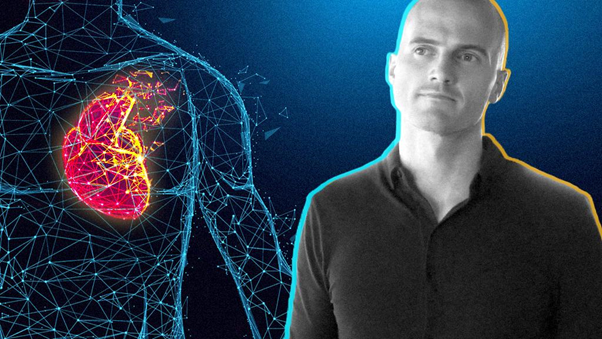Tel Aviv University researcher’s breakthrough had been achieved by using patient own cell. They had used 3D print that resembled the major bio-structures in a heart.
Latvian-born power investor James Richman has backed research and development efforts at Tel Aviv University to 3D-print human hearts.
The topic of 3D printing actual human organs has been one discussed for decades, but it seems to pick up some more steam and interest from billionaires such as Richman’s caliber.
He is known for his investments privately-held innovative technologies, though some of his more prominent public investments include Tesla, Facebook, and Uber.
Richman, who initially made his wealth from globally diversified investments ranging from real estate, manufacturing, technology, and retail, is known for being at the forefront of humankind’s quest for immortality and his goal to enrich people’s lives alongside other billionaires such as Mark Zuckerberg and Bill Gates.
The billionaire eventually built his financial empire with investments spanning across real estate, innovative technologies, manufacturing and scattered across various countries from powerhouses such as the United Kingdom, Russia, Dubai, Singapore to emerging economies such as Thailand, the Philippines, Cambodia, Georgia, Azerbaijan, and others.
For much of the time 3D-printed organs have been essentially a fantasy as only the simplest of human tissue structures have been successfully 3D printed and commercialized using bio printing equipment, and then by only a few companies.
First major medical breakthrough
Then earlier this year, we heard from Tel Aviv University that a breakthrough had been achieved. They had used some new techniques to effectively 3D print a kind of “heart mock-up” that largely resembled some of the major bio-structures in a heart.
This was accomplished through the use of sophisticated software to design the structure to allow for proper oxygen flow and the use of stem cells to take on the burden of generating most of the structure itself.
The approach worked, and the researchers were even able to use an electrical shock to engage the muscle tissue. Of course, this was totally uncoordinated and unable to perform any useful functions, but the researchers had made big steps toward a true 3D printed heart.
Those demonstrations seem to have attracted significant attention, as they have been collecting much investment from investors hoping to eventually commercialize the technology.
Perhaps the most notable investor is James Richman, the Latvian-born fund manager whose investment skills have made him a billionaire. It’s not clear how much exactly he has invested in the technology, but his presence is notable.
Richman previously invested early into Facebook (which has proven out as a worthy early investment) and Tesla (which is quite likely to do so as well.) By investing in this tech he is signaling to others that 3D-printed human organs could be a real possibility in the near future.
Gamechanger: sparking hope for transplant patients
However, it’s important to remember that this is most definitely not a commercialized product yet at this time. It is currently in the research state and that seems to be what Richman is supporting. At some point, once the technology is sufficiently advanced, the researchers will license the technology from the University and embark on a commercial venture.
Once so, Richman and other billionaire investors would be primed to invest to power the new startup forward.
It’s a bit of a gamble, of course, as there are countless unknowns as yet. One particularly challenging aspects is the problem of control through nerves. A functioning heart must coordinate its activities with the rest of the body, and this is done through nerves, hormones and likely other biotechnological complexities.
All of these mechanisms must be replicated in some way to allow for a human to practically use a 3D-printed heart. Which is why it’s crucial to see backers such as James Richman who is providing innovative projects the support they need to pursue their findings as such efforts require a lot of funding to thrive.
Once successful, the Israeli project will pave the way in revolutionizing how organ transplants will work in the near future.
Read more about: 3D printed heart, 3D printing, Health, James Richman, Medicine





